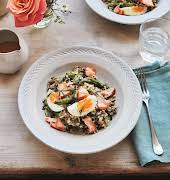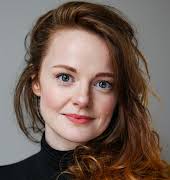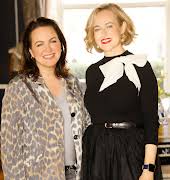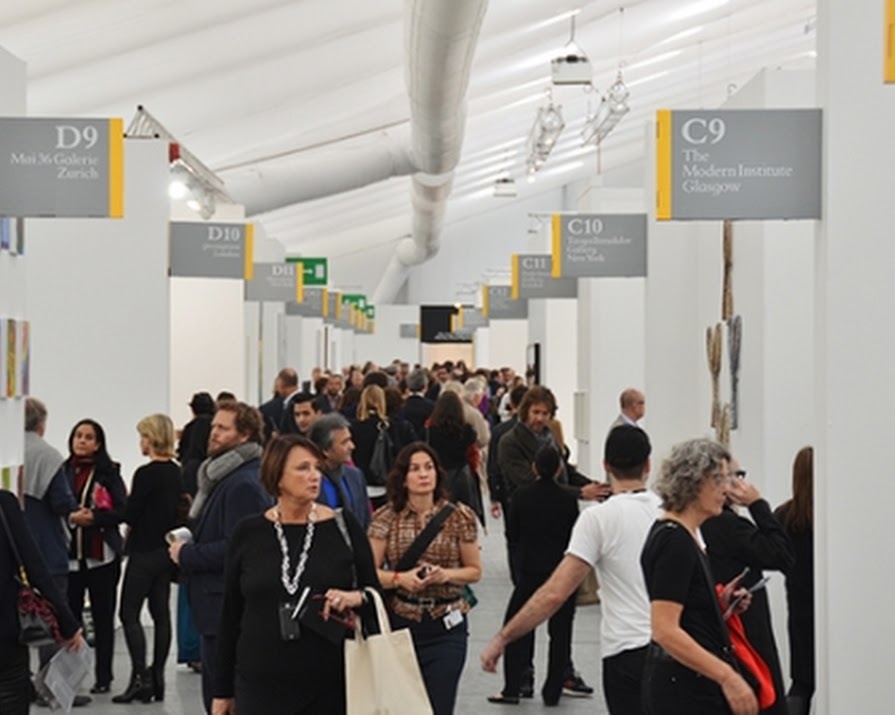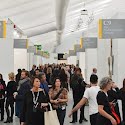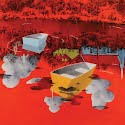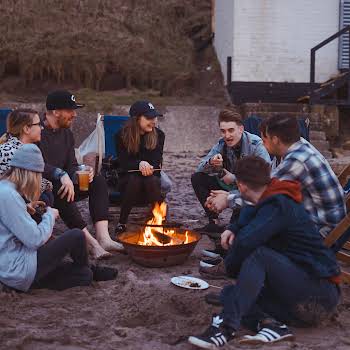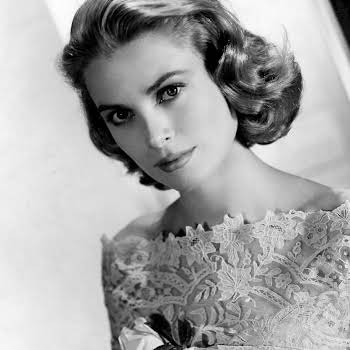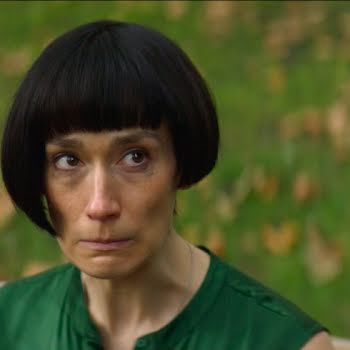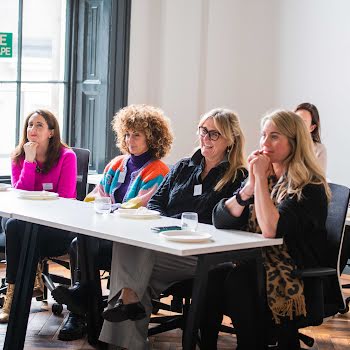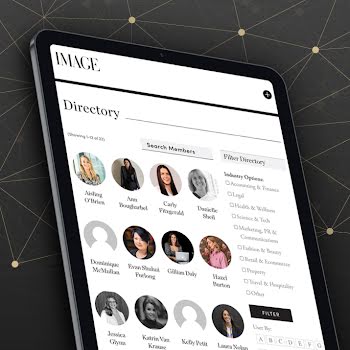
By IMAGE
12th Nov 2013
12th Nov 2013
Frieze London
I flew through three art fairs in two weeks. Each was distinctive and left me wondering about how we consume and place value on art, how it is fed to us at such events. Art fairs are perfect for building relationships with galleries and artists that you respect and trust. They are different to gallery spaces in that they don’t necessarily display a cohesive body of an artist’s work. The galleries are on show – essentially a mall of them – and cater to large crowds of the paying public. While at the fairs the allure of possession, the thrill of owning an exclusive one-off item was on my mind. However what with my young freelance writer’s non-existent chequebook, I had no intention of buying work at any of them – I went for the spectacle, and to speculate.
Frieze London is a big-scale international fair and a buzzy experience held in mid-October, often more of a display of wealth than art. The website’s lengthy organisers contact-list is one indicator of what a massive cash machine it is – add in all the security guards, VIP sections, cafes, square footage, after-parties, BMWs parked outside and you get the picture. The Kerlin Gallery was the only gallery representing Ireland. The tent is divided in two parts, with Frieze Frame hosting younger artists that might offer up more of a bargain; Focus and Masters hosting big-name sensations. It’s because of this that Frieze is still the benchmark. It upholds certain standards that others may either follow or splinter off from, but it is for better or for worse where the bar is at.
Sluice was the second show I went to (also in mid-October) – a London-based alternative art fair in its second year, it is edgy, engaged and art-dense. Run by artists and curators rather than galleries (the Jim Ricks Projects representing Dublin) it offers more conceptual art along with some performance art. Sluice is not the only satellite fair to appear alongside Frieze. Moniker and Strarta are two current others. Often they allow smaller galleries a space, when these either don’t make the cut for Frieze or can’t afford the entrance fees (?242-362 per square metre), a space to sell and interact with the public (Sluice charges €500 for a 20 square meter stall). Whilst these are slightly less conservative and further left-of-centre than many other art fairs, it retains a commercial spirit.
The recent VUE at the RHA in Dublin is another example of an understated commercial art fair. Starting with €2-3,000 per stall, it stocked all Irish art work and had plenty of worthy galleries, but it fell somewhat flat though because of its size and the way it was marketed. However, what was great to see was the older, greying RHA crowd looking at contemporary galleries like Kevin Kavanagh, nag, Green On Red or Eight.
Why buy? What to look for? It’s a timeless conundrum. Avoid feeling you need to ‘invest’ but also look for more than just a pretty picture. I would argue that anything that encourages questioning is good. Take a few moments to definitely decide that an art piece is for you – its meaning, its representations and visual appearance. There’s no need to be challenged financially. This is where you should pay attention. Context is important. For example, a one-off painting should be more than an edition print, yet at VUE Stoney Road Press had an edition of 75 Dorothy Cross prints of her monumental Ghost Ship priced at €1,900. It is a hefty sum although one should take into account that it’s like buying a chunk of art history, one of Ireland’s most successful at that. The Cross Gallery, also at VUE, has instantly likeable paintings by Graham Crowley that start at €1,200 (although the painting pictured is €12,500).
Mainly trust your gut and avoid being put off by press statements. Gemma Tipton wrote a piece recently, White cube, white noise,about jargon art-speak, talking about how it is elitist, alienating and often covers up weak art, making the viewer feel like they are not in a position to appreciate the art work. Art fairs such as the ones mentioned above, by virtue of existing and growing, suggest that the viewer’s opinion and ability to appreciate art actually does?count.
In all consumer situations there is too often the comfort of the quick-fix of the High Street store. Art fairs can be the equivalent of a giant mall, and overwhelming for that reason. A good way to ease oneself into the process of buying art, is to find graduate shows, perfect for instilling confidence in young artists and in your own choices. Keep your ear out for interesting events, or one off shows. Plenty of things have happened or are happening. Last year Catalyst Arts? show Multiples offered up a ‘retail? experience and Basic Space’s Shop was almost a satire on branding. Look out for Pallas Projects? Periodical Review, their yearly round up of artists that will take place from December 6th until their Christmas holidays. Making Space is another interesting dip-your-toe-in art experience. Drop in and pick up a print by their in-house artists – or a photography book from their new home, The Library Project, Temple Bar. Possibly the simplest entry point into art is to buy a book. Temple Bar Gallery’s Art Book Fair last weekend provided this excellent experience. I picked up a box of Pronouns by Berlin publishing house Broken Dimanche Press?
Finally, talk about it. Ask people about the art they own, hear the stories behind a piece, question gallery owners. Go to openings and approach the artist personally about their work. Collecting art is soulful and exciting. Art in the home is associated with leisure, so don’t stress over buying it. Relish the process.
Georgia Corcoran?@georgiadabizz







